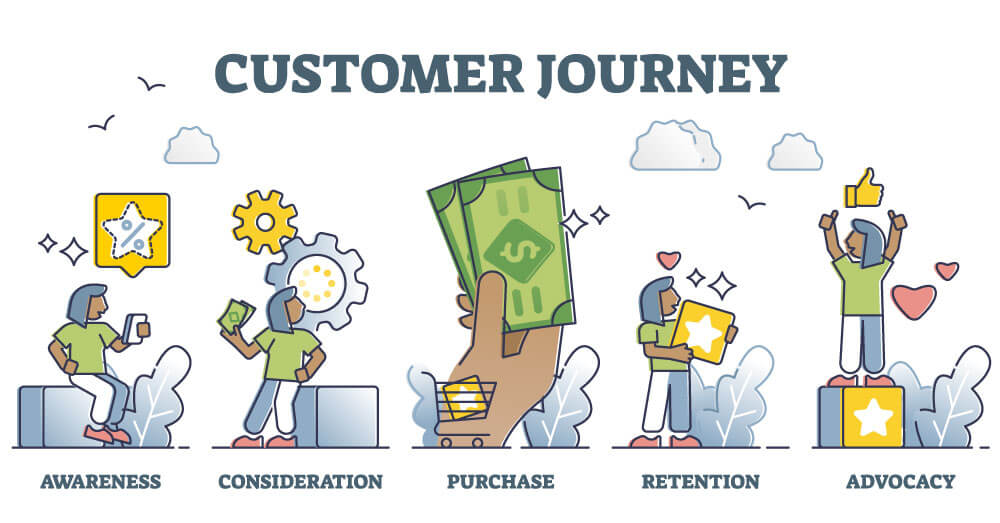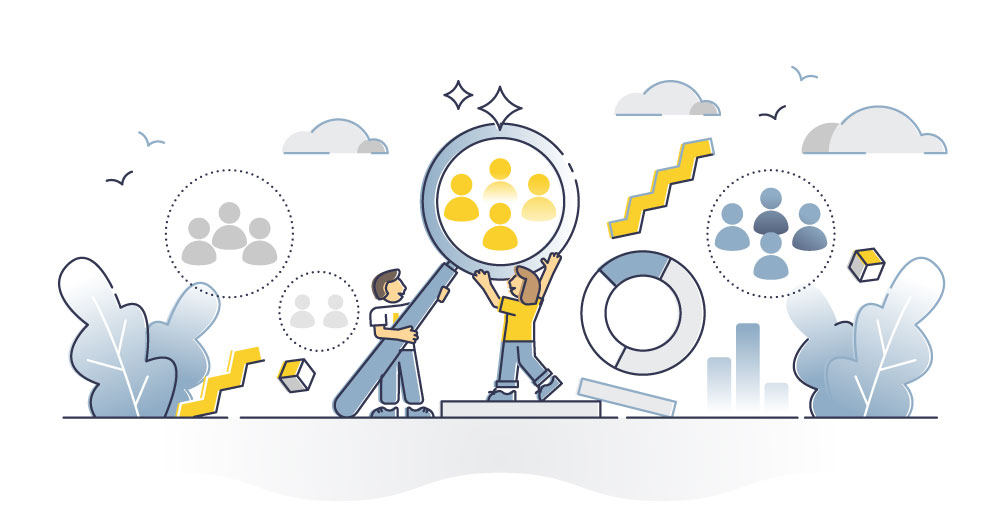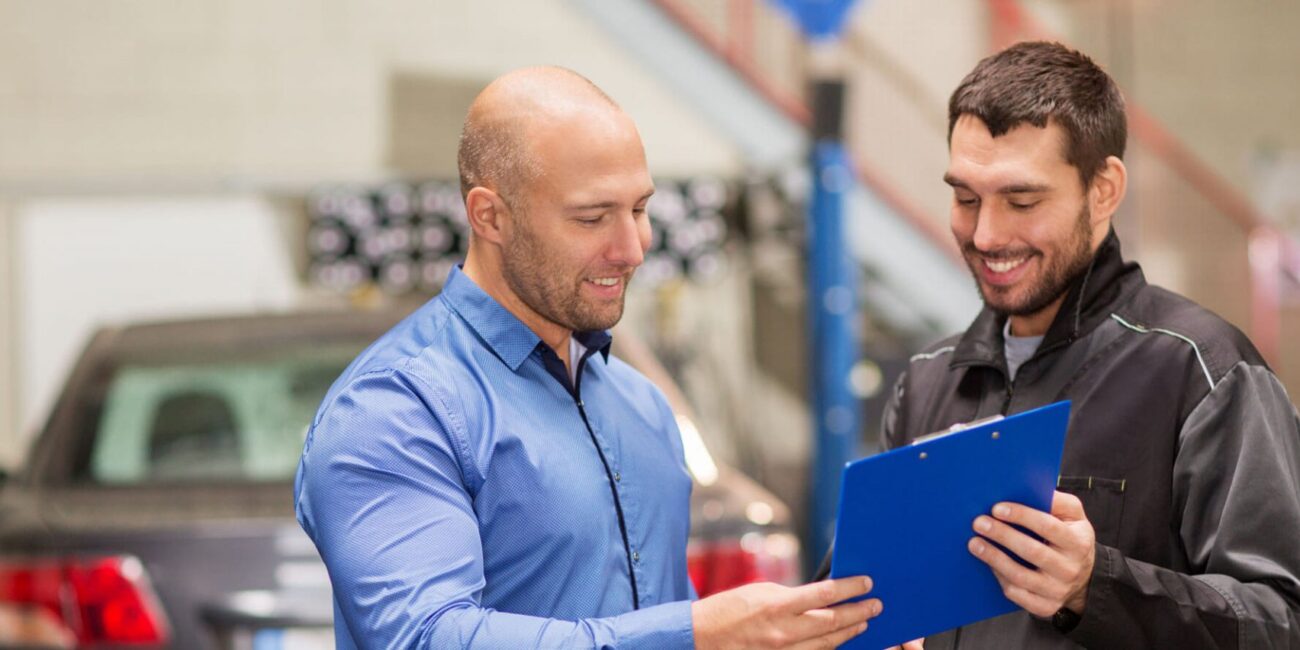Dealerships compete in a difficult space where creating brand loyalty is complex and often costly.
Unlike traditional retailers who sell multiple products to a consumer in a given week, dealerships have a small window of opportunity to close large sales.
In fact, in the U.S. today, most car owners are waiting six to eight years between purchases.
This makes it more important than ever to boost brand loyalty through ongoing service retention.
Your dealership’s service department has a unique opportunity to capture increased revenue and improve long-term loyalty to your business. Additionally, service departments can increase your customer base by capturing new leads through strategic tactics.
The following guide will provide actionable insights into how to best reach consumers in this crowded space for dealerships looking to increase service retention and boost scheduled services.
Why Service Retention Is Critical
For dealerships dealing with a limited number of chances to close high-dollar sales, brand loyalty is key.
Today, 77% of consumers state they have remained loyal to a specific brand for 10 years or more.
Service retention is a foundational method for dealerships to ensure this long-term loyalty, and it comes with some profitable benefits.
A Positive Experience Increases Return Business
A positive experience with your dealership equates to future high-profit sales and ongoing service revenue.
Each time a customer walks through your doors, your team has an opportunity to solidify loyalty to your brand. This loyalty then equates to return business.
In addition, data has shown that customers who have a positive experience with a brand will share this experience with 11 people.
For dealerships, this positive word of mouth is another critical avenue for increasing future sales opportunities.

Service Retention Leads to Future Sales
Not only does service retention lead to returning customers who will continue to schedule all maintenance and repairs with your team, but customers who turn to your business for ongoing services are also more likely to visit your dealership for future sales.
According to recent research, of customers dissatisfied with their dealer experience, only 10% would return for their next purchase.
On the flip side of this data is the finding that 85% of highly satisfied customers will purchase again from the same dealer.
When you deliver a positive experience, today’s oil change can be tomorrow’s new car sale.
The Key Challenges to Retention
While service retention is an important facet to ensuring long-term success for dealerships, there are key challenges to retaining customer satisfaction.
A recent Carlisle report showed that net promoter scores for dealers are about 15 points lower than for independent repair facilities.
While this isn’t the trend dealerships wish to see, it is an indication of the challenges they face in service retention.
The good news is that with challenge comes opportunity.
Ensuring a Positive Customer Experience
According to Forbes, 84% of companies that work to improve their customer experience see a corresponding increase in their revenue.
For dealerships looking to retain customers via their service department, the key is to focus on the customer experience.
Today’s customer experience is far more than just the interaction your clients have while getting their tires rotated and their oil changed.
Instead, customer experience spans across the consumer journey. From online interactions via chat to SMS messaging with your service department, customers have high expectations around their experience with your brand.
Ensuring a positive customer experience must involve a careful strategy around your omnichannel experience.
The place to begin is assessing how your customers perceive their experience with your brand. This must involve an objective approach backed by meaningful data.
From here, you can identify gaps in your experience or areas where customers are dissatisfied. This allows you to test out new strategies with the goal of creating a seamless, positive customer experience.
Competing in an Increasingly Crowded Space
In today’s market, customers are bombarded by digital marketing, push notifications, and personalized offers.
Competing in this crowded space is not easy. It requires dealers to think outside the box and implement unique strategies to boost service retention.
Gone are the days of simply dropping service discount flyers into the mailbox. Strategies must be robust, and dealerships must outpace their competition.
Unique Strategies to Boost Service Retention
Boosting service retention is not as simple as coaching your technicians on better customer service.
Improving service retention requires expanding interactions with customers across the board.
From a customer loyalty survey, 37% of consumers state they need at least five purchases to consider themselves loyal to a brand.
For dealerships, five purchases are not a simple number to reach, so the focus must be on increasing touchpoints with customers.
A dealership’s service department is the perfect solution. While drivers might only purchase a new car every six years, they can turn into loyal customers through constant interactions via your dealership’s service center.
By implementing the following four unique strategies, you can drive more business through your doors, providing you with the chance to build long-term loyalty.
Recall Events
Recall events are an excellent way to acquire more first-time customers. These events allow you to target a specific audience that is easier to convert than most service-seeking consumers.
Scheduling a recall service requires no money from a customer’s own pocketbook, which makes it an easier sell than a standard vehicle service. At the same time, recall services are guaranteed revenue for your dealership — a true win-win.
Additionally, consumers often miss recalls, which provides dealers a chance to offer value. By reaching out and helping a customer tackle a recall repair, you can establish a relationship with a new customer or strengthen a relationship with an existing one.
Running a successful recall event includes a careful strategy. It should involve:
- The curation of a highly targeted list: Your recall event should be advertised to a specific list of consumers who are most likely to convert to a booked service. This requires careful curation of data, cleansing of that data, and strategic messaging for this list of potential recall clients.
- Ongoing marketing tactics: A recall event will only succeed if you reach your intended audience. Marketing should involve a combination of emails, social media ads, direct mail, outbound calls, and texts. Additionally, you need to measure these marketing tactics, attributing conversion to the right channels to help inform future marketing endeavors.
- An organized event: To drive long-term business, the event must be well organized and run smoothly. Nominating an event coordinator can help ensure customers have a positive experience — and that you gather critical marketing data.
- Follow up: A recall event should just be the beginning. Whether a customer showed up to the event or missed the appointment, you should continue to follow up with leads. For example, if a customer came to your recall event, you should now have detailed information about the vehicle. This will allow you to send targeted offers specific to that vehicle make and model. A recall event should be used to fuel your marketing funnel.
When handled well, recall events can increase first-time customers, customer pay revenue, and service appointments, and they can even help dealers win back former customers.

Personalized Experiences
The rising spending power of Millennials and Gen Z requires dealers to pay attention to the importance of personalized experiences.
These two generations are driven to interact with brands that offer experiences and advertising specifically curated for them.
Rather than dry, static promotional materials, Millennials and Gen Z have come to expect offers and communication tailored to their taste.
Much of this is being driven by the increasing use of personalized data, which allows companies to target specific segments with key messaging. Through the use of the right platforms, data can be stored to use previous interactions to inform future ones.
For example, if Kade chatted with your sales rep via your dealership’s Facebook messenger about the cost of an oil change, this information should be linked to Kade. This ensures that if Kade reaches back out later via your website chatbot, he doesn’t have to start the conversation over from scratch.
Additionally, your dealership could later offer a promotional discount on an oil change via a display ad to Kade through targeted marketing.
Dealers who wish to improve service retention must build a robust strategy around personalizing advertising and experiences.
This crosses channels and includes everything from social interactions with your brand to personalized email messaging.
Targeted Communication
Hand in hand with personalized experiences is targeted communication. Improving service retention requires targeted messaging to consumers on an ongoing basis.
Targeted communication is not a one-size-fits-all approach. Rather, it involves understanding your customers, gathering critical data on their behaviors, and testing out communication strategies.
Over time, you will learn which segments of your audience respond best to specific messaging and specific channels of communication.
This can help fuel future marketing strategies and outreach tactics.
A Better Synergy Between Sales and Service
Ask yourself, how well connected are your sales and service departments?
To improve service retention, your sales and service groups must be acting as one team.
This is particularly critical when employing tactics such as recall events.
When both sales and service teams are working toward one goal, the synergy is powerful. Conversely, when these two departments are operating in silos, critical data is lost, and the customer experience becomes splintered.
The responsibility for service retention should not fall on any singular department. Rather, improving customer retention via targeted services should fuel both the service department and the sales team. By working toward a unified goal, these teams can improve profits across both centers.
Learn More From J&L Marketing
Service retention will continue to play a critical role in the long-term success of the modern dealership. Dealers face hurdles when it comes to increasing service department revenue and improving long-term brand loyalty. However, with the right strategy, dealerships can take the lead by implementing unique retention tactics that work.
If you want to learn more about service retention and the strategies you can use to increase service department revenue, check out our recent webinar: How to Triple Your Service Appointments Using Recall Events.
Additionally, feel free to reach out to our team at J&L Marketing. We will be happy to talk to you about the opportunities for improving service retention at your dealership. Backed by years of expertise, we can offer you quality insights into the best strategies for improving communication with existing clients, reaching new customers, and increasing customer retention.



